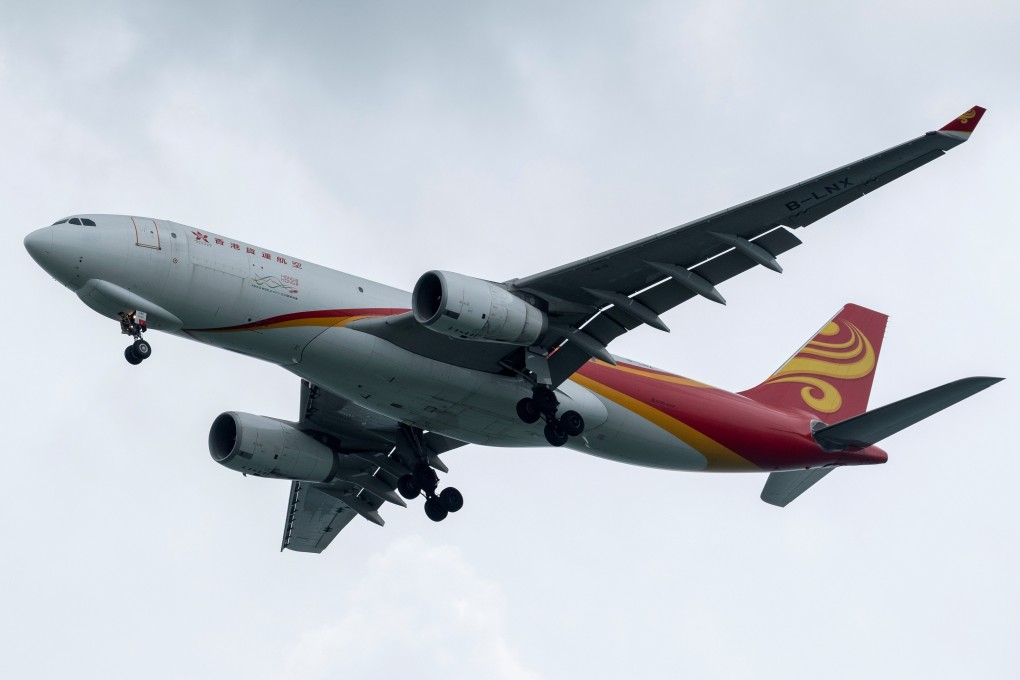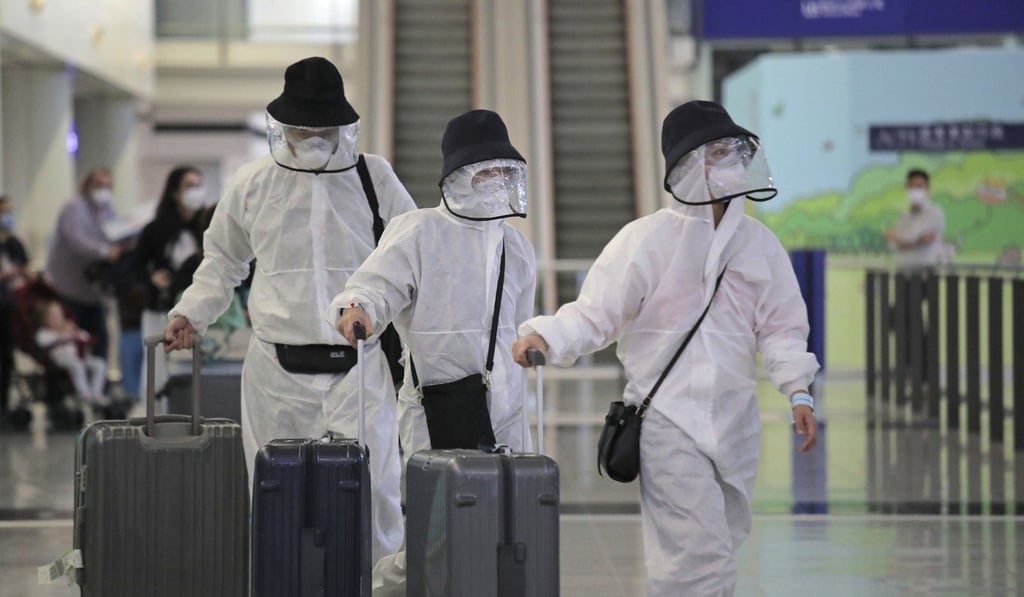Coronavirus: European, US travellers scramble for flights as Asia’s key transit hubs close
- The two major transit hubs have joined Taiwan and Malaysia in banning short-term visitors as governments seek to curb the spread of Covid-19
- Passenger numbers have dramatically fallen across the region as the likes of Cathay Pacific and Singapore Airlines cut services to just 4 per cent

While his 25-hour flight from Surabaya back to Boston was meant to be a simple one, with a single stop in Hong Kong as he was flying Cathay Pacific, his journey swelled to four flights via Jakarta, Tokyo and Chicago – lasting a mammoth 34 hours and 30 minutes.
“This is a very difficult situation. I was very surprised that they closed a major airport to all transit,” the 30-year-old American said. “Luckily I have been watching the news closely.”
Katie Wingfield, 49, was coming to the end of a six-week trip across New Zealand and Australia, but the closure of Hong Kong as a transit hub meant her flight to London via Perth was no longer possible.
There was a “mad scramble to find flights”, the British national said, as Hong Kong and Singapore were both closed to transit – the island nation having closed its borders to short-term visitors on March 22.

Wingfield’s only remaining option was to pay A$19,000 (US$11,380) for two business-class tickets on Qatar Airways to London via Doha, the last major transit hub that is still open. In fact, Qatar Airways has in recent days been adding more flights on top of the 150 daily services it currently operates to get more people home, particularly those living in Australia.